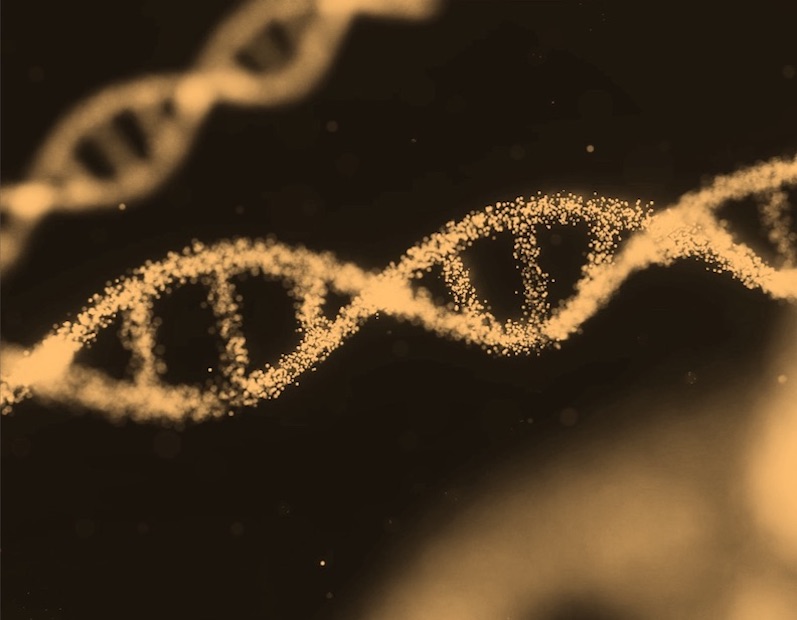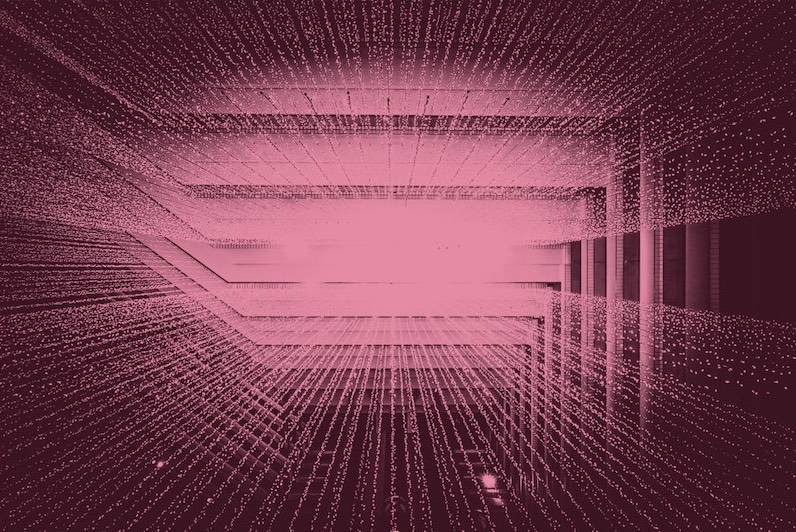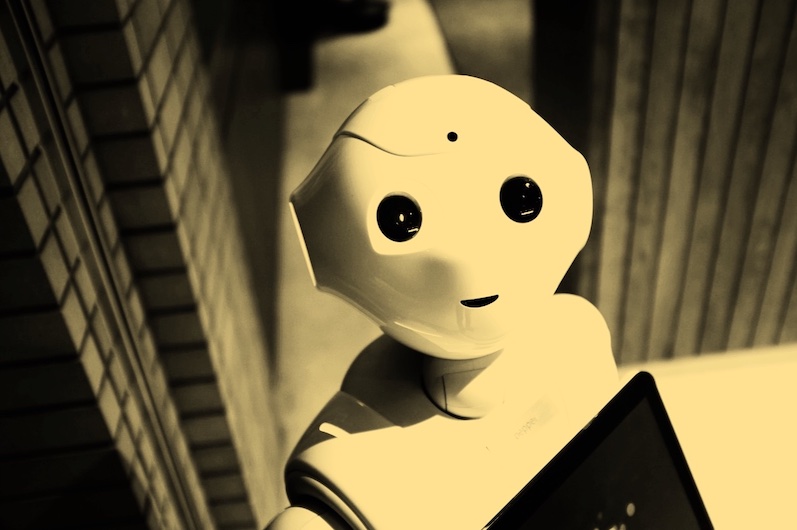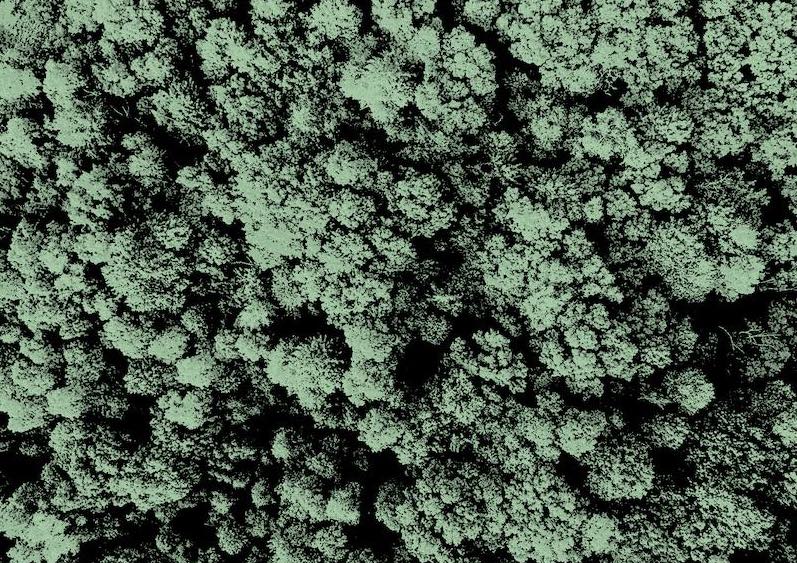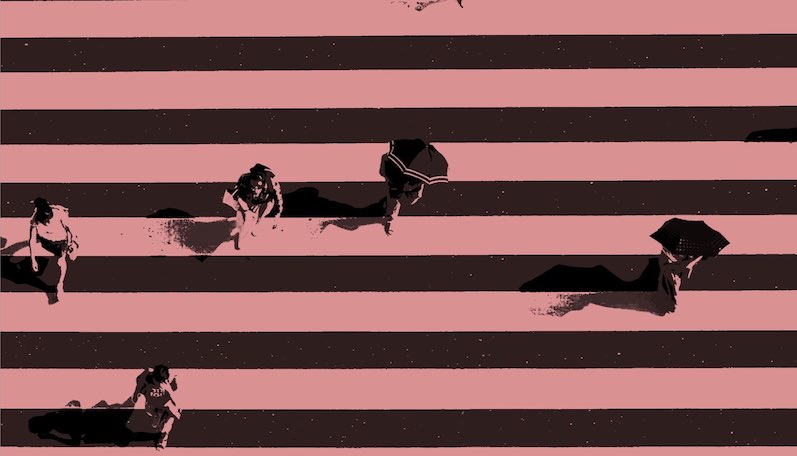What is it about?
Following Dirac's notation in Quantum Mechanics (QM), we propose the Probability Bracket Notation (PBN), by defining a probability-bra (P-bra), P-ket, P-bracket, P-identity, etc. Using the PBN, many formulae, such as normalizations and expectations in systems of one or more random variables, can now be written in abstract basis-independent expressions, which are easy to expand by inserting a proper P-identity. The time evolution of homogeneous Markov processes can also be formatted in such a way. Our system P-kets are identified with probability vectors and our P-bra system is comparable with Doi's state function or Peliti's standard bra. In the Heisenberg picture of the PBN, a random variable becomes a stochastic process, and the Chapman-Kolmogorov equations are obtained by inserting a time-dependent P-identity. Also, some QM expressions in Dirac notation are naturally transformed to probability expressions in PBN by a special Wick rotation. Potential applications show the usefulness of the PBN beyond the constrained domain and range of Hermitian operators on Hilbert Spaces in QM all the way to IT.
Featured Image

Photo by Naser Tamimi on Unsplash
Why is it important?
It is an attempt to put classical statistical mechanics and quantum mechanics and Information Retrieval under the same notational hat. No longer limited by the domain and range of the conventional Hilbert space, we can consider a more general sample space.
Perspectives
The great Ed Jaynes did so much to reconcile classical statistical mechanics and optics with Quantum Mechanics. This contribution provides a notation to incorporate the (classical) Bayes Theorem with e.g. Quantum Mechanics in the Heisenberg Picture. This is just a start and can be enlarged to consider e.g. non-Hermitian operators and other concepts such as entropy and more.
Dr Tony Cyril Scott
RWTH-Aachen University
Read the Original
This page is a summary of: Probability Bracket Notation for Probability Modeling, April 2024, MDPI AG,
DOI: 10.20944/preprints202404.1399.v1.
You can read the full text:
Contributors
The following have contributed to this page

